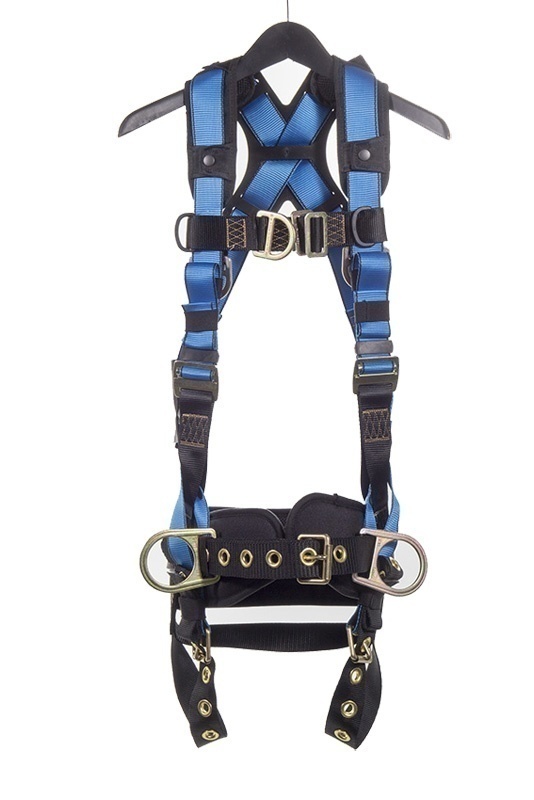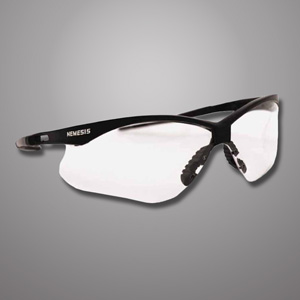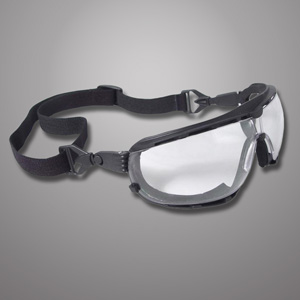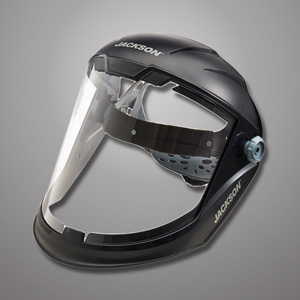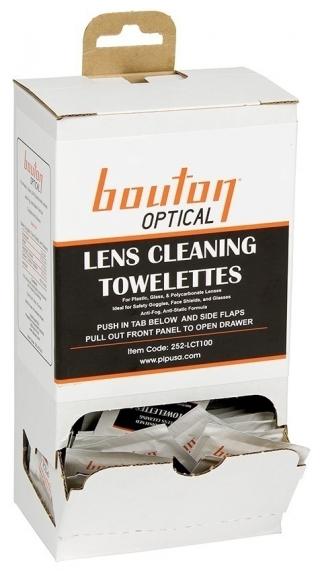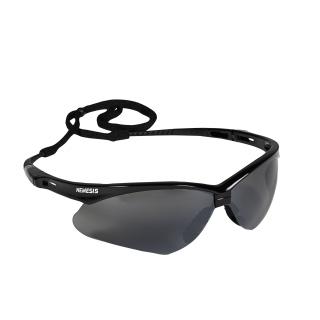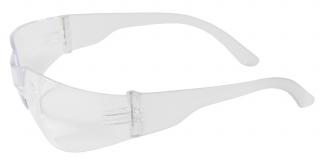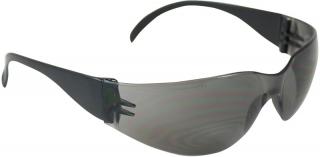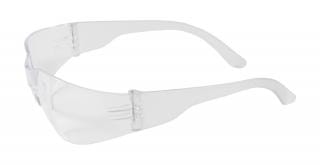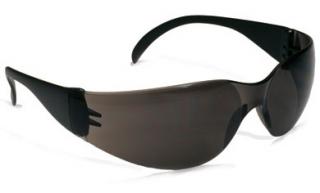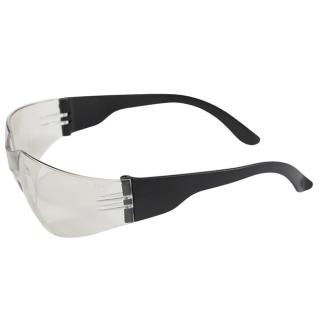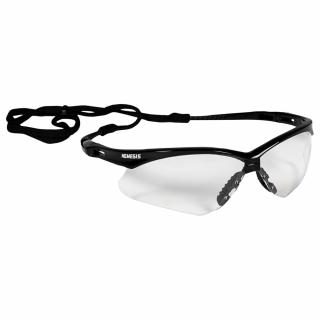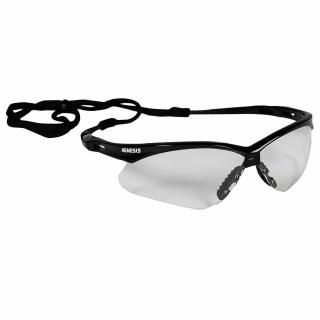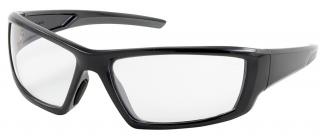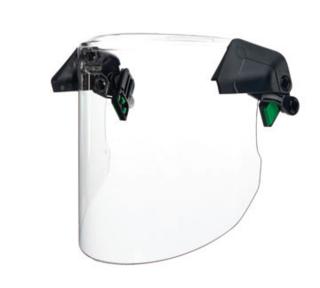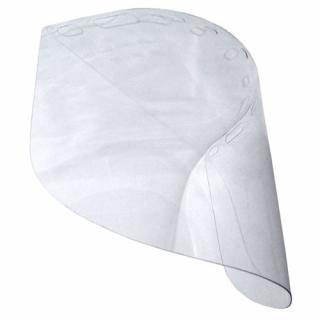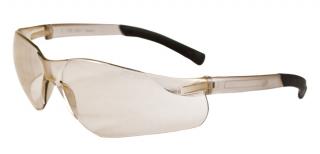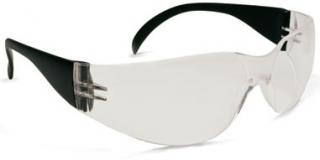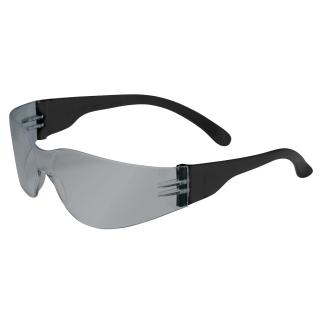YOU HAVE NO ITEMS IN YOUR CART.
Featured Brands
Eye Protection
Showing 1-16 of 344
1-16 of 344
Show per page
Free shipping on orders over $75
PP-252-LCT100
Free shipping on orders over $75
412-22475
BULK DISCOUNTS
Free shipping on orders over $75
PP-250-01-0900
BULK DISCOUNTS!
Free shipping on orders over $75
PP-250-01-0001
Free shipping on orders over $75
138-25688
BULK DISCOUNTS!
Free shipping on orders over $75
PP-250-01-0920
BULK DISCOUNTS!
Free shipping on orders over $75
PP-250-01-0021
BULK DISCOUNTS
Free shipping on orders over $75
PP-250-01-0002
Free shipping on orders over $75
ORS-412-25679
Free shipping on orders over $75
138-25676
Free shipping on orders over $75
PP-250-47-0020
Free shipping on orders over $75
RD-V40815-CP
Free shipping on orders over $75
PP-250-06-0002
BULK DISCOUNTS!
Free shipping on orders over $75
PP-250-01-0000
BULK DISCOUNTS!
Free shipping on orders over $75
PP-250-01-0005
Showing 1-16 of 344
1-16 of 344
Show per page
PPE & Work Wear Eye Protection
Your eyes – some refer to them as windows to the soul. Others simply use them to see. Either way, it’s hard to argue that your eyesight isn’t important. When working in at-height, industry, and construction there is no shortage of hazardous situations, materials, and chemicals that can be flying around the job site all day, every day. With your eyes being a crucial part of your profession, keeping them safe is a priority. That’s why eye protection is such an important part of your PPE setup.
Eye protection is available in three main categories (Face Shields, Safety Glasses, and Safety Goggles). Below we will outline some of the key differences between each method of protection, but before we do let’s talk about what actually makes eye protection… safe.
Anyone can claim that their eye protection is safe – that’s why standards have been put in place. Specifically, the ANSI Z87.1 Standard for eye protection. The Z87.1 Standard outlines what requirements eye protection must meet as well as how they should be tested.
The ANSI Z87.1 Standard has four different qualifying tests. If the eye protection passes the first test, they meet the Z87.1 Standard. This means they are good protection, but not great as this test does not qualify the glasses for use in impact hazard situations. If you are going to be doing work where there is or might be, an impact hazard your glasses must meet the remaining 3 tests. If it does, it will have the Z87+ marking.
Sometimes there are jobs that require even more protection than the Z87+ Standard requires. That is where military grade eye protection should be used. The MIL-PRF 32432 Standard represents that the eye protection has passed an additional round of testing.
For more information on the ANSI Z87.1, Z87+, and MIL-PRF 32432 Standards and for details on the testing process, check out our blog post here.
Face Shields:
A face shield is…SPOILER ALERT a shield that covers your face. Face shields can have a few different purposes. While many of them act as both a pair of safety glasses and a protective covering for your face, some of them feature a wire mesh instead of a lens. Face shields that feature a wire mesh are meant to protect your face and eyes from large particles and debris. It is important to note that wire mesh face shields do not have any sort of tenting benefit and many don’t meet any ANSI standards.
Some face shields are built for specialty applications like welding. Welding face shields usually have two configurations - a clear configuration and a welding configuration. The welding configuration features a lens that has been specifically developed to protect your eyes from the intense light generated when welding. Many welding shields also have respiratory features to help filter out chemicals.
Safety Glasses:
Safety glasses come in a range of sizes, colors, shapes, and lens tents. While color and shape are typically features that are based on your preference, size and lens tents can make the difference when wearing safety glasses. Size of the safety glasses affects how comfortable they are and how much of your eyes they protect. While lens tent offers different features like anti-fog, indoor, outdoor, polarized, and a range of other benefits.
Most safety glasses are “all-purpose” meaning that they can be used on the job and on the weekends. Our selection of safety glasses also include glasses that have the ability to transform into goggles. It is important to mention that while safety glasses are very versatile, there are specialty applications, like welding, that will require eye protection beyond the capabilities of safety glasses.
Safety Goggles:
Safety goggles often look similar to safety glasses. In fact, some safety glasses can transform into safety goggles. Not to mention that like safety glasses, safety goggles, come in a range of sizes, colors, shapes, and lens tents. While color and shape are typically features that are based on your preference, size and lens tents can make the difference when wearing safety glasses. Size of the safety glasses affects how comfortable they are and how much of your eyes they protect. While lens tent offers different features like anti-fog, indoor, outdoor, polarized, and a range of other benefits.
But what sets safety goggles apart? Well, that has to do with the way that the goggles are attached to your head and how tight they are to your skin. Safety goggles are closer fitting than safety glasses and most commonly have some sort of barrier (like foam or rubber) that closes the gap between the body of the goggles and your skin. They also feature side shields that protect your eyes from chemicals, dust, water, and more.
Got questions or looking for a specific pair/style of eye protection? Click here to get in touch with one of our Gear Experts®.
